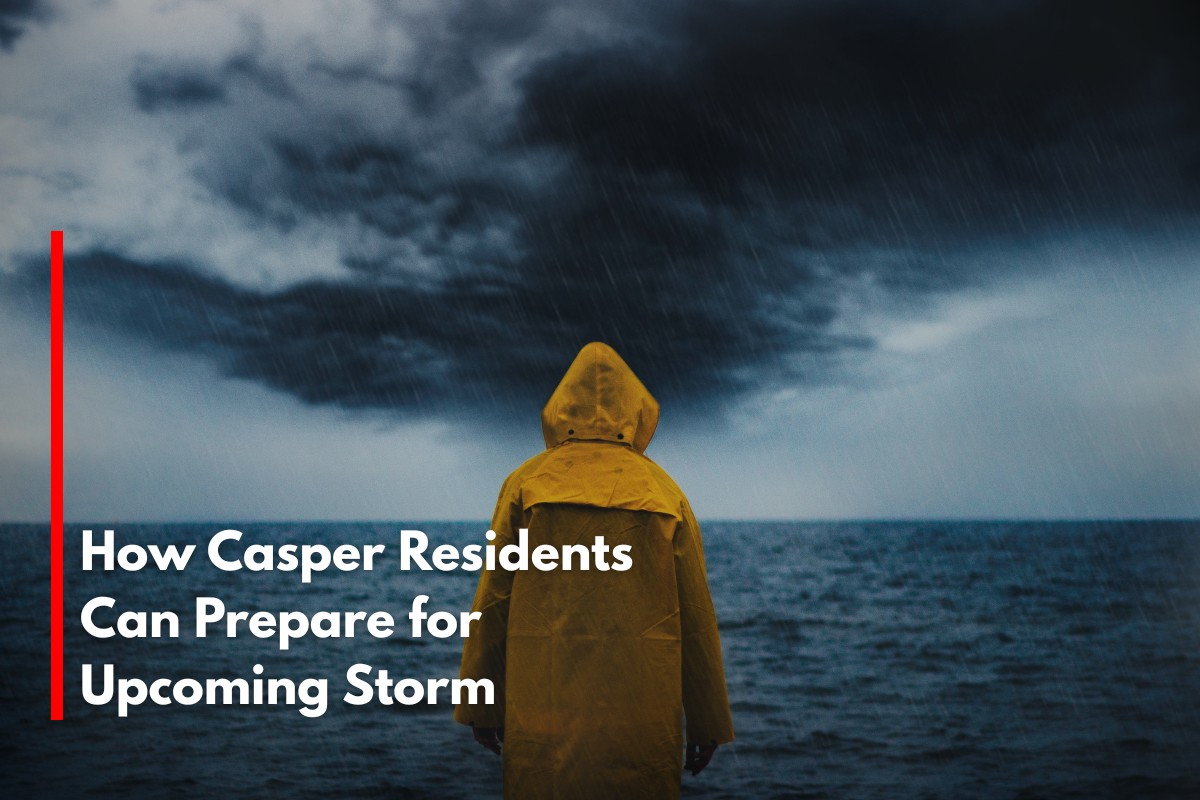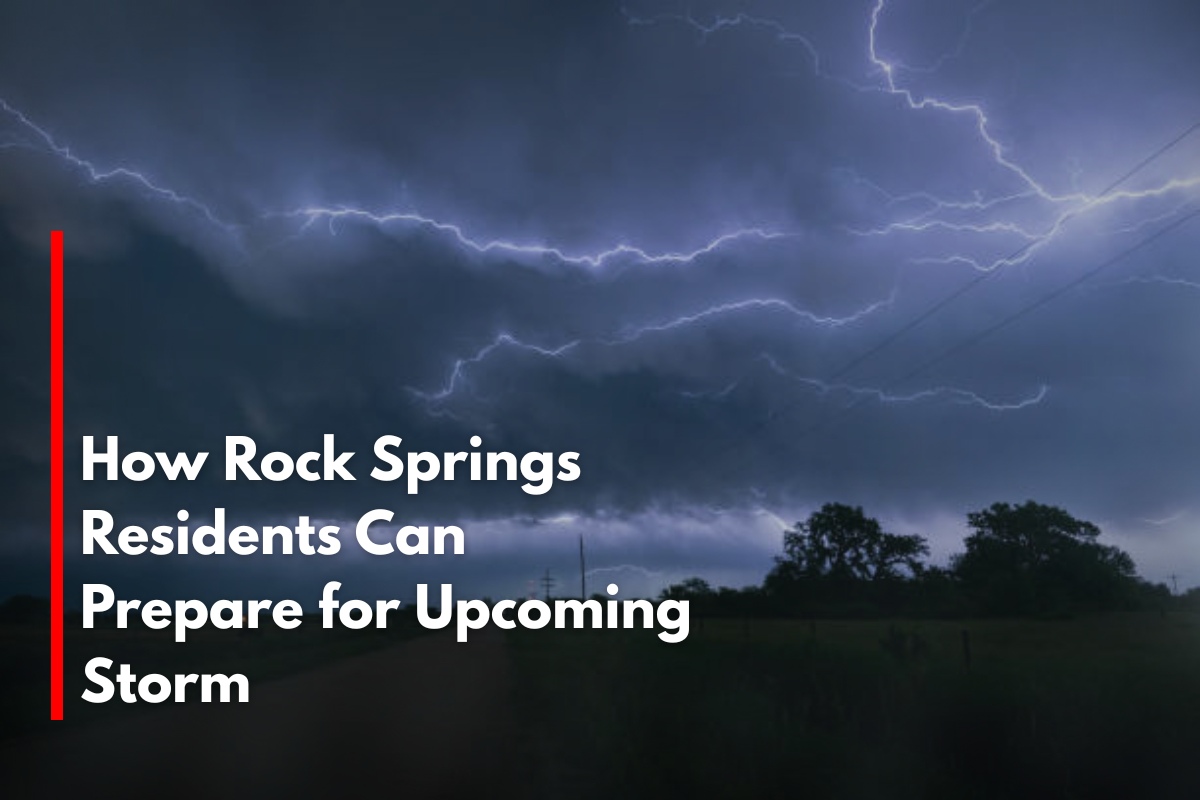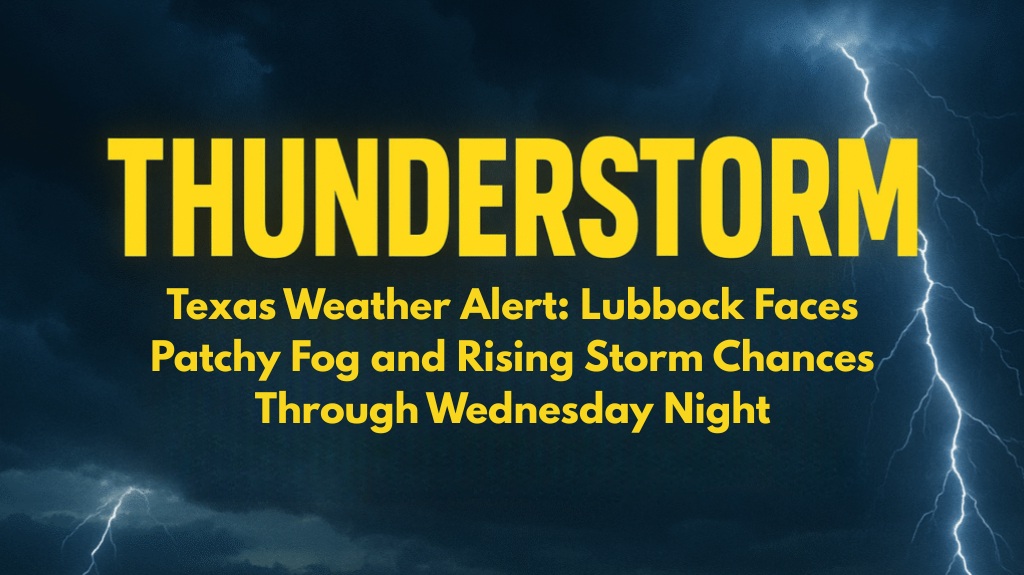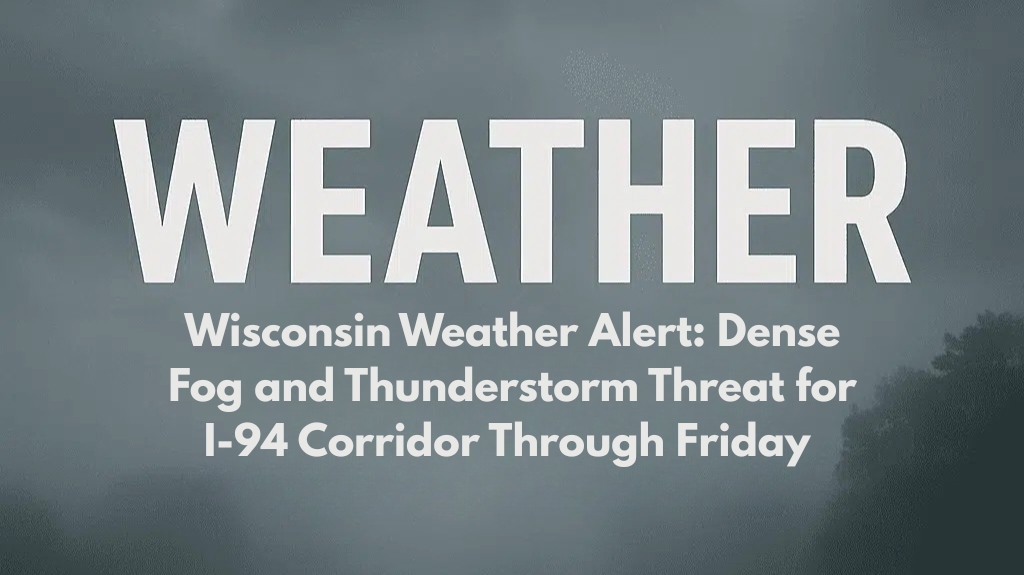Residents and visitors along the North Carolina Outer Banks and the U.S. East Coast are being urged to stay alert as Hurricane Erin moves dangerously close offshore. The National Hurricane Center (NHC) has issued both storm surge and tropical storm warnings for the region, with the storm expected to bring hazardous conditions starting late Wednesday.
Hurricane Erin Approaches the East Coast
As of the latest update from the NHC, Hurricane Erin is packing maximum sustained winds of 105 mph and was located about 690 miles southeast of Cape Hatteras. The storm is currently moving northwest at around 9 mph and is expected to pass near the Bahamas before turning north and then northeast by Thursday.
While Erin is not currently forecast to make direct landfall in the United States, it will pass close enough to cause dangerous conditions, especially along coastal regions. The wide reach of Erin’s wind field—extending up to 205 miles from its center—means effects will be felt well inland and across a large area of the Atlantic coast.
What to Expect in the Outer Banks
The Outer Banks of North Carolina are under tropical storm and storm surge warnings. Tropical storm conditions could begin late Wednesday, with wind speeds strong enough to cause damage to weak structures and knock out power in some areas.
Along with gusty winds, storm surge flooding is a serious concern. Officials warn that large waves could lead to:
Beach erosion
Flooding of low-lying coastal roads
Road washouts and impassable areas
These conditions are especially dangerous for barrier island communities, where access can quickly become limited.
Heavy Rain and Rip Current Risks
Erin’s outer bands are already bringing heavy rain to the Turks and Caicos and parts of the Bahamas. This rainfall will continue tonight and may lead to flash flooding in vulnerable areas.
Along much of the East Coast—from the Carolinas to New England—beachgoers should prepare for dangerous surf, strong rip currents, and rough seas. These hazardous marine conditions are expected to last through the week, regardless of the storm’s final track.
Widespread Impacts Beyond the Center
Even though Hurricane Erin is expected to stay offshore, its large wind field will bring effects far beyond its eye. Hurricane-force winds extend up to 80 miles, and tropical-storm-force winds out to 205 miles from the center.
Residents in Mid-Atlantic states and southern New England could feel the impact from late Thursday into Friday. Emergency agencies in these regions are closely monitoring the storm for any shifts in track or intensity.
Safety First: Prepare Early and Stay Informed
Officials are urging everyone along the East Coast to pay close attention to updates. Coastal flooding, beach closures, and travel disruptions are all possible depending on how Erin evolves in the next 24 to 48 hours.
Key safety tips include:
Avoid swimming or boating in the ocean during rip current alerts
Keep vehicles away from coastal roads prone to flooding
Follow evacuation or shelter instructions from local authorities
Secure outdoor furniture and items that could be blown away
Now is the time to review emergency plans, especially for those living in flood-prone or low-lying coastal areas.












